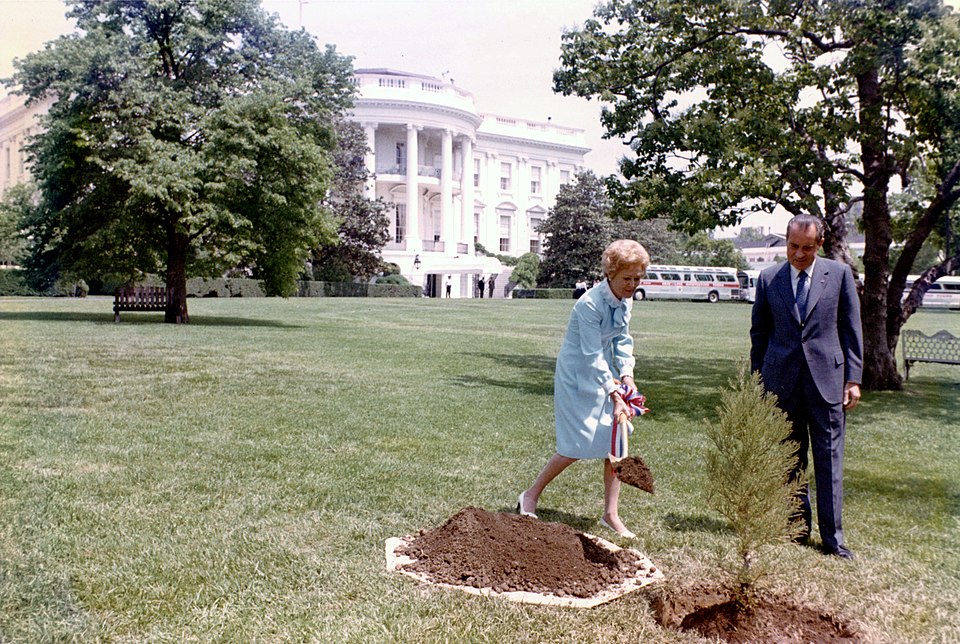
by David Levinson
Protecting the environment
Americans are becoming increasingly concerned about the environment. Smog and litter have been common complaints for many years, but people are now paying attention to things like pesticides and other chemicals in the ground and water. Some say that the current attention began with Rachel Carson’s Silent Spring in 1962, but 1969 may have been the tipping point.
Last year began with the disastrous oil spill off the coast of Santa Barbara, California. A few months later, the Cuyahoga River in Ohio caught fire (and not for the first time). The mayor of Cleveland tried unsuccessfully to use it as a springboard for cleaning up the river, but Time magazine picked up the story and used pictures of the more dramatic 1952 fire to launch its new “Environment” section. As the year drew to a close, the environment was also the subject of several papers presented at the Fall Meeting of the American Geophysical Union. All of which contributed to the massive participation in Earth Day back in April.
The government has noticed and begun to take action. Back in December, Congress passed the National Environmental Policy Act, which requires federal agencies to submit a report on the effects of planned projects on the environment. President Nixon signed it on New Year’s Day, declaring, "the 1970s absolutely must be the years when America pays its debt to the past by reclaiming the purity of its air, its waters, and our living environment." The Nixons even participated in Earth Day by planting a tree on the South Lawn of the White House.
One of the problems is that there are dozens of government agencies overseeing various aspects the environment and environmental policy. Sometimes they work at cross purposes or their goal is at odds with protecting the environment at large. For example, the bodies that oversee the approval of pesticides or fertilizers are concerned only with the improving crop yields, not with the larger effects on insect life or algal blooms far downstream of farms.
On July 9th, President Nixon submitted Reorganization Plan No. 3 to Congress. The plan proposes the creation of an Environmental Protection Agency into which all the various departments and agencies will be folded. The goal is to create concerted action, unified monitoring, and hopefully to eliminate conflicts of interest. This actually seems like a pretty good idea. It’s now up to Congress to approve or reject this reorganization.
 The Nixons participating in Earth Day.
The Nixons participating in Earth Day.
Taking the science out of science fiction
I’m not one to indulge in all the shouting about the Old School and the New Wave. Eventually, the two will reach a balance, and something new will emerge. The focus on character and society is all to the good; the fripperies of style over substance will soon be forgotten. But some of the stories in this month’s IF are enough to make me throw up my hands in despair and join the old guard in kvetching about what the New Thing is doing to science fiction.
 Suggested by “Fimbulsommer.” Art by Gaughan.
Suggested by “Fimbulsommer.” Art by Gaughan.
Continue reading [August 2, 1970] Fimbulsommer (September-October 1970 IF)

![[August 2, 1970] Fimbulsommer (September-October 1970 <i>IF</i>)](https://galacticjourney.org/wp-content/uploads/2025/07/IF-1970-09-Cover-480x372.jpg)